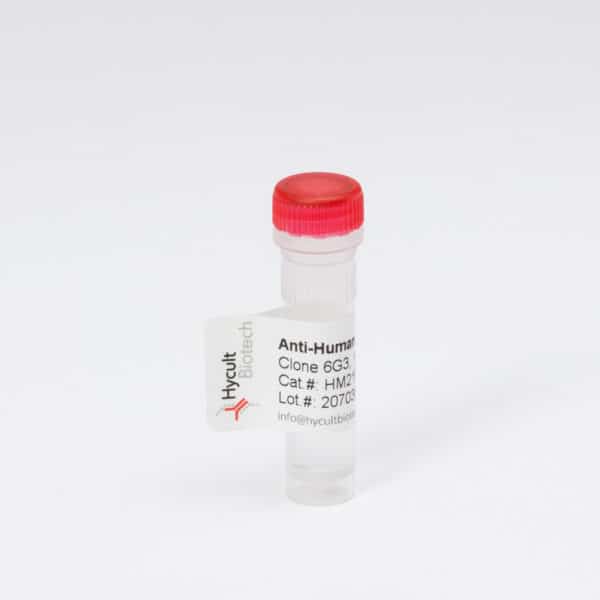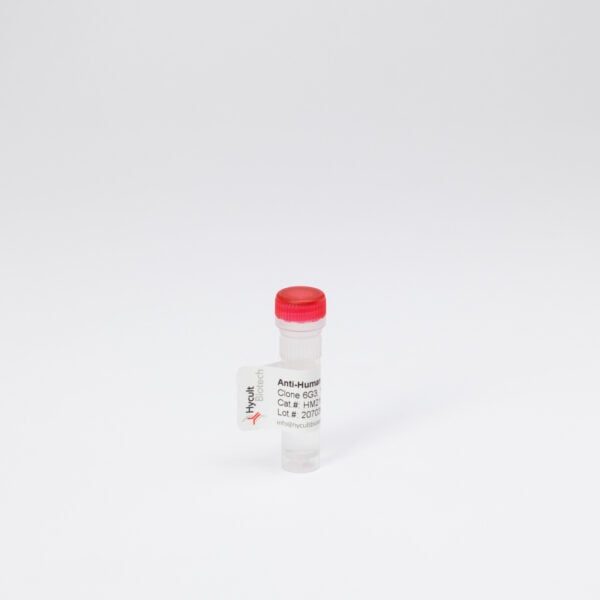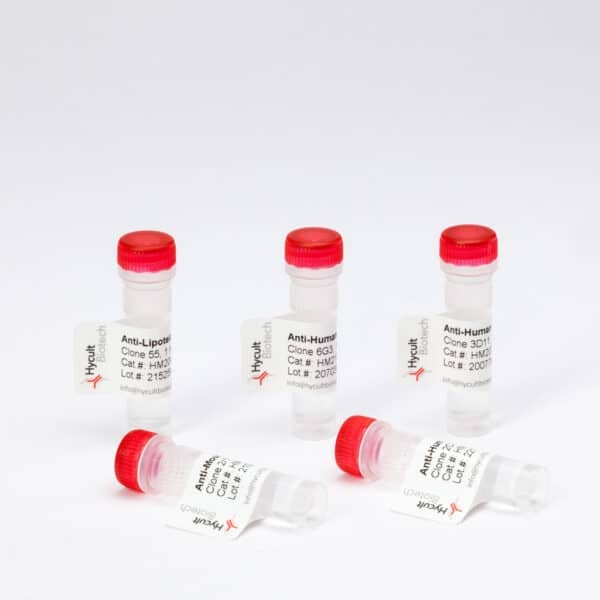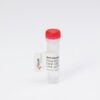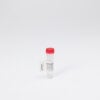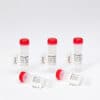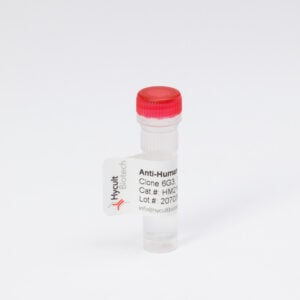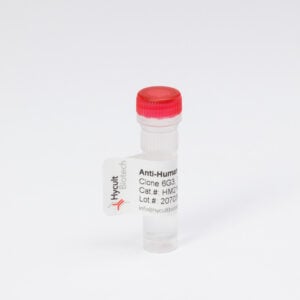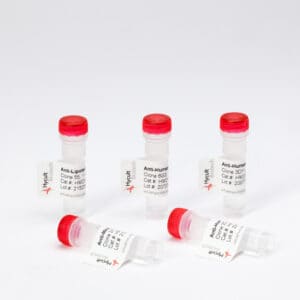C5aR, Rat, mAb R63
The monoclonal antibody R63 reacts with the rat receptor for C5a (CD88).
Read more€133.00 €565.00Price range: €133.00 through €565.00
The monoclonal antibody R63 reacts with the rat receptor for C5a (CD88).
The rat anaphylatoxin C5a, a 77-amino acid glycopolypeptide generated by proteolytic cleavage of C5, is one of the most potent inflammatory chemo attractants and interacts with two C5a receptors, C5aR and C5L2.- Most of the C5a effects are mediated through C5aR. C5aR is known to be crucial in the initiation of acute inflammatory responses.
C5a receptor is a seven transmembrane GTP-binding-protein-coupled receptor that belongs to the rhodopsin supergene family. The 45 kDa C5a receptor is expressed by leukocytes such as neutrophils, eosinophils, basophils, monocytes, dendritic cells and mast cells. C5aR can be expressed on both immune and non-immune cells.
The latter, include vascular endothelial cells, cardiomyocytes and bronchial epithelial cells. Signaling of C5aR involves intracellular calcium mobilization and activation of among others protein kinase- B (PKB) and protein phospholipase D (PLD) pathways. High C5aR expression levels have been associated with the pathogenesis of many inflammatory conditions, autoimmune and neurodegenerative diseases like rheumatoid arthritis, multiple sclerosis, atherosclerosis and inflammatory bowel disease. In vivo blockade of C5aR greatly reduces inflammatory injury.
Using immunohistology there is no evidence for non-myeloid expression in healthy control rats. However, under inflammatory situations, the C5aR was found to be upregulated in various organs and tissues including the liver.Antibody
R63 is directed against the amino-terminal domain Ex1 of the rat C5aR.
FC: 2x105 cells were incubated with mAb at 3-5 µg/ml, all incubations on ice
W: cell homogenate was separated on 10% SDS-PAGE and blotted on nitrocellulose. After blocking blot was incubated with mAb (1/500-1000)
